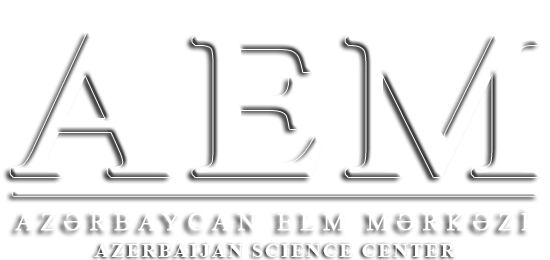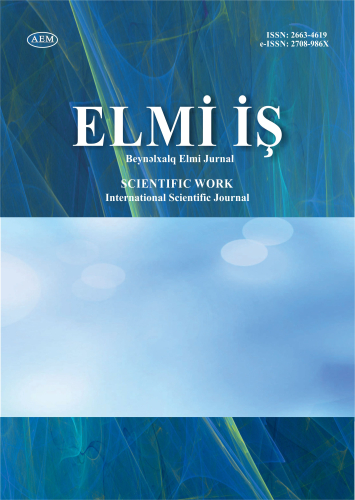DOI: https://doi.org/10.36719/2663-4619/86/8-12
Mahirə Nağı qızı Hüseynova
Azərbaycan Dövlət Pedaqoji Universiteti
filologiya elmləri doktoru
MAHMUD KAŞĞARİNİN “DİVAN”INDA SÖZLƏRİN TARİXİ ÇOXMƏNALILIĞI
Xülasə
Çağdaş dövrdə olduğu kimi, qədim dövrlərdə də sinonimlik, antonimlik, omonimlik polisemiya ilə bağlı hadisədir. Mahmud Kaşğarinin “Divan”ında çoxmənalılığa xidmət edən leksik-semantik söz qruplarının əmələgəlmə yolları rəngarəngdir. Sinonim, antonim, omonim vahidlərin əksəriyyəti mənşə etibarilə dövrün ayrı-ayrı türk ləhcələri hesabına yaranıb, formalaşmışdır. Sinonim, omonim, antonim sözlər də “Divan”ı zənginləşdirən semantik söz qruplarından olub, bəziləri mənşəcə alınma sözlərə aiddir və bunlar olduqca azlıq təşkil edir. Tarixi dövrlərdə də çoxmənalılıq keyfiyyəti sözə bir neçə sinonimik, omonimik, antonimik cərgəyə daxil olmağa şərait yaratmışdır. Bu semantik söz qruplarının zənginləşməsində rəngarəng forma və mənalara malik olan sözlər, nitq vahidləri olduqca mühüm rol oynamışlar. Məqalədə daha çox sinonimlərə diqqət yetirilir və onu yaradan qədim söz formalarının mənalarından danışılır, çağdaş türkcələrdə onların mənaları, formaları müqayisə edilir.
Açar sözlər: polisemiya, “Divan” qədim türk ləhcələri, sinonim sözlər, leksik-semantik söz qrupları
Mahira Naghi Huseynova
Azerbaijan State Pedagogical University
Doctor of Philological Sciences
huseynova.mahira@yandex.ru
Abstract
As in modern times, synonymy, antonymy, homonymy in antiquity are phenomena associated with polysemy. In the "Divan" of Mahmud Kashghari, there are colorful ways of forming lexical-semantic groups of words that serve polysemy. Most synonymous, antonymous, homonymous units were created and formed at the expense of separate Turkic dialects of that time. Synonymous, homonymous, antonymous words are part of the semantic groups of words that enrich the "Divan", and some of them belong to borrowed words, and they are quite a minority. In historical times, the quality of polysemy allowed the word to enter into several synonymous, homonymous and antonymic rows. A very important role in the enrichment of these semantic phrases was played by words with colorful forms and meanings, speech units. The article pays more attention to synonyms and talks about the meanings of the ancient word forms that form it, and also compares their meanings and forms in the modern Turkish language.
Keywords: polysemy, "Divan" ancient Turkish dialects, synonymous words, lexical-semantic word groups

